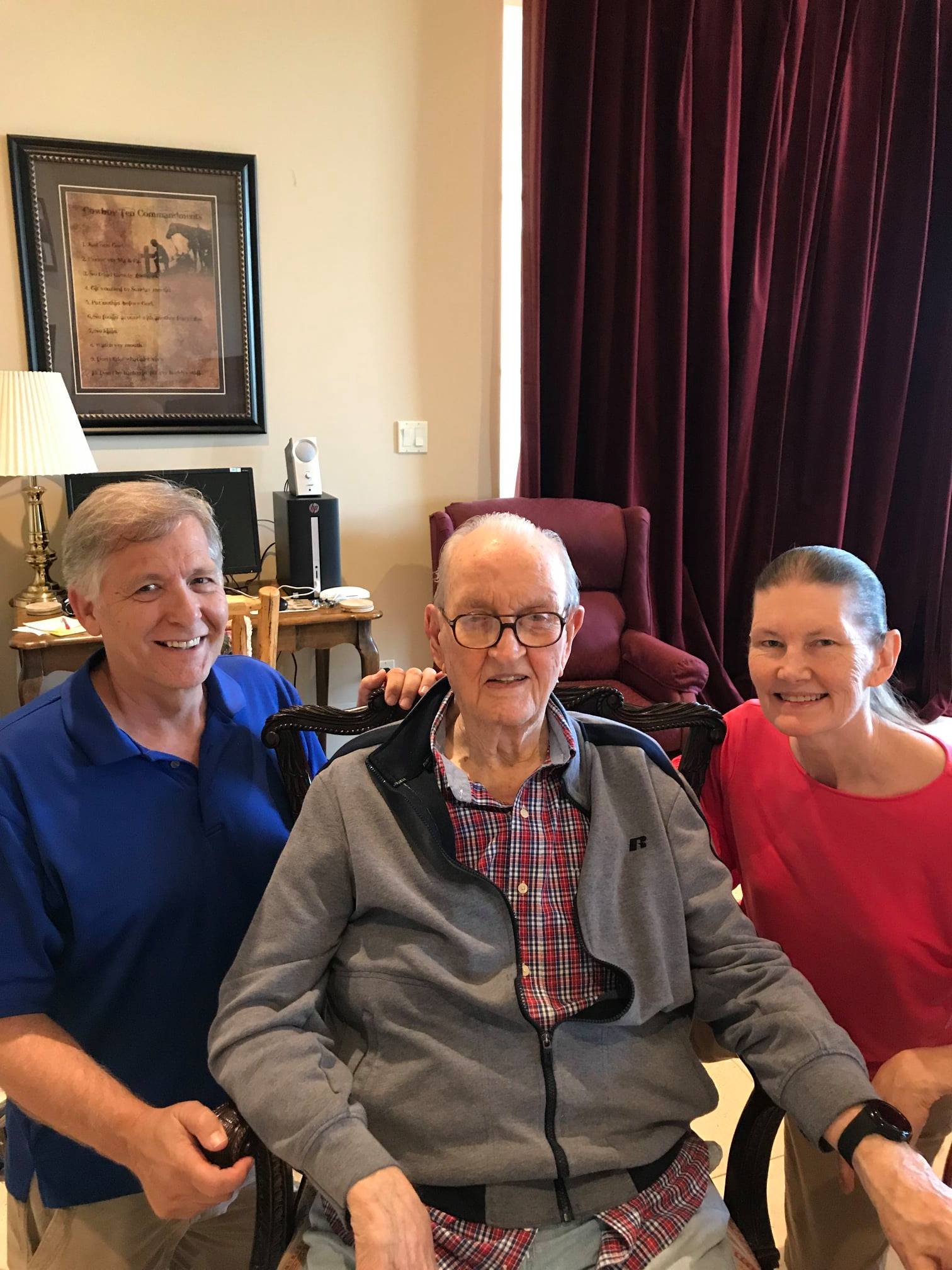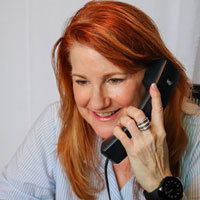Mar 19, 2020
How families can remain close using technology
The people in our company are currently caregivers of family members or have been caregivers. Several have family members with Alzheimer’s or dementia, such as company founder Steve Popovich. Steve’s a connectivity technology veteran who’s spent his career solving problems for others using technology. Yet when he looked for a non-clinical monitoring solution to know how his older family members were doing when he wasn’t there, he couldn’t find it. There were Alzheimer’s bracelets and other tracking devices for people, but they lacked the specific data and 2-way communications required to really understand what was happening. Busy caregivers who can’t be there 100 percent of the time need to know how their loved ones are doing, where they are and when they might need help – plus be able to communicate directly with them – was key. Steve believed all caregivers could use and would use a solution and that he could build it. This became a founding tenet of Clairvoyant Networks: developing technology to help keep families connected with useful information on a loved one’s status. Our personal beliefs were reinforced by research and statistics underlining the need for new technology to keep families and their older relatives connected:
- The growing care gap developing for a retiring Boomer population who are living longer than ever
- Our desire to stay active and independent, in our homes of choice as we grow older
- The prevalence of Alzheimer’s disease, and the need for persons with Alzheimer’s to stay as active as possible as part of the treatment protocol
- The need to reduce social isolation for older adults, which studies show is related to early memory loss but can be improved by more frequent social contact
- The unpredictability of wandering, and as we read in our last blog (link), studies show 60% of people with Alzheimer’s wander, too often with tragic results.
Little did Steve and our company know how very useful remote monitoring would become.

We think that nothing tells the connected family story better than people who are using remote monitoring technology and experiencing more peace of mind as a result. Andrew lives in California. He and his sister both live a plane ride away from their Mom, but the Theora Link smartphone app keeps them connected to her. The Theora Connect wearable was non-stigmatizing for their active mom and kept her connected with them when she lived in her own home. When she wandered her children knew and could assist her, contacting her via 2-way audio, without their Mom having to press any buttons to hear Andrew’s reassuring voice. When she transitioned to assisted living, the technology moved with her and they are still staying connected via Theora Care technology today. We are so fortunate to know this great family, who want to share their experiences in order to help others. See Andrew’s Story, in his own words, on video here.
Non-clinical remote monitoring is ever more important for families of loved ones with Alzheimer’s, dementia, Autism, and other conditions where staying connected is critical to the entire family’s well-being. Families like Andrew’s can stay in touch with easy to use, and useful technology. Our older relatives can continue to enjoy the benefits of more active independence with the reassurance that family members are virtually there if needed, or just to check in.
On behalf of the entire Theora Care family, we offer our most profound wishes for your health and safety. Take good care, and please let us know if we can help you stay in touch remotely with your loved ones.

